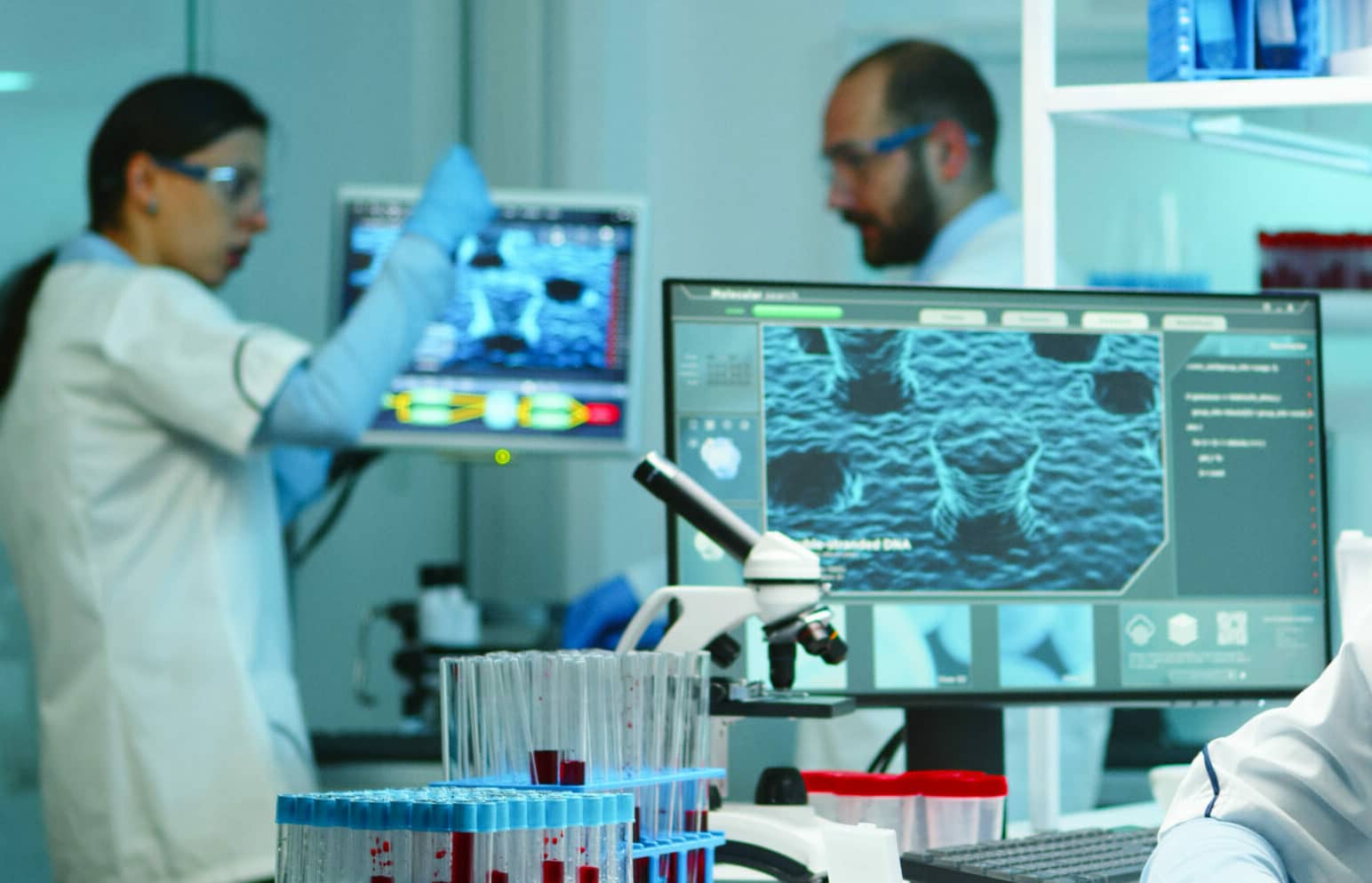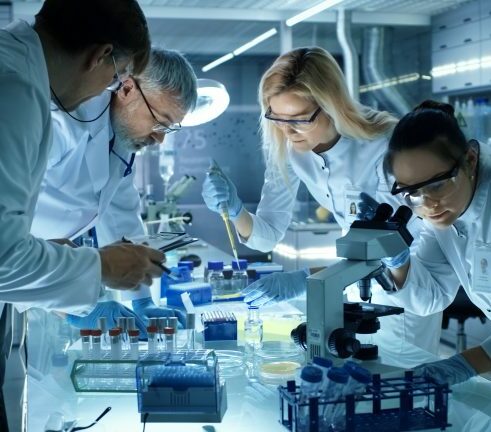
Gas Detection in The Healthcare Industry
Introduction of the industry
The healthcare industry, encompassing services, products, and finance, is a vast and intricate system ensuring human health and well-being. It involves medical professionals, hospitals, and a constant stream of innovative products like medications and medical devices. Financed through public funding, private insurance, and patient contributions, this ever-evolving sector is embracing advancements like precision medicine and telemedicine to deliver more accessible and effective care. While careers in healthcare offer the reward of improving lives, they also come with challenges. Despite this, the dedication of healthcare professionals is a cornerstone of global well-being.
The healthcare industry is not static. It’s a dynamic environment fuelled by continuous innovation. Pioneering advancements in fields like biotechnology and medical technology are leading to the creation of life-saving medications, minimally invasive procedures, and sophisticated medical devices. Imagine the impact of gene editing therapies that target the root cause of diseases, or robotic-assisted surgery that minimises patient trauma and recovery time. These are just glimpses into the transformative power of innovation in healthcare.
Rapid advancement and the constant need for innovation requires state of the art facilities and an array of potentially dangerous chemicals, materials, and gases. That is why it is crucial that these facilities are fully equipped with high quality products to help mitigate the risks involved with their research and experiments.
High gas leak risks lurk in specific areas of healthcare facilities due to the unique gases used:
- Operating Rooms & ICUs: Leaks of anaesthetic gases or oxygen can endanger patients and heighten fire risk. Nitrous oxide in ICUs can also pose intoxication risks to staff.
- Sterilisation Areas: Ethylene oxide leaks threaten staff health during equipment malfunctions.
- Imaging Departments: Leaks of liquid helium from MRI machines or refrigerants from older equipment can cause suffocation or respiratory irritation.
- Maintenance Areas: Technicians may encounter leaks of refrigerants or combustion products.

Gas Detection in The Healthcare Industry
The need for gas detection
In public health settings, safe gas monitoring is not just a matter of protocol—it’s a matter of life and death. While these gases are fundamental to vital therapies and surgical procedures, mishandling and improper monitoring can create unseen dangers. From the silent threat of oxygen-enriched atmospheres to the risk of gas leaks, oversight can be dangerous. Therefore, understanding and properly monitoring these gases in healthcare services are preventive measures against disasters. Early detection of anomalies helps healthcare providers keep patients, staff, and the healthcare environment safe from potential dangers.
What are the major gases in the healthcare industry?
In the complex landscape of healthcare, managing gas-related risks is paramount. From routine equipment usage to life-saving treatments, various gases offer many potential hazards within medical environments. Many medical devices produce undetected medical gases in locations such as patient care areas. Therefore, understanding healthcare gases is important to creating a safe work environment.
Key Gases and Their Applications
- Nitrous oxide (N2O): Primarily used as an anaesthetic gas. Balancing its benefits against its hazards requires precise monitoring and administration protocols.
- Medical compressed gases (e.g., Helium, Argon): Essential in diverse medical procedures an therapies. Their safe handling is crucial to prevent unintended consequences.
- Ethylene oxide (ETO): Vital for sterilising medical equipment, yet its toxicity demands meticulous containment and ventilation strategies to protect patients and healthcare workers.
- Carbon dioxide and medical oxygen are among the most critical gases in healthcare settings.
CO2 in healthcare poses many hazards. To prevent health issues, we need to monitor carbon dioxide levels in medical facilities:
- Asphyxiation risk: CO2 is heavier than air and can accumulate in poorly ventilated or confined spaces. It poses a risk of asphyxiation to healthcare workers and patients if CO2 levels rise.
- Respiratory risk: High levels of CO2 cause respiratory irritation and discomfort. In extreme cases, prolonged exposure to elevated concentrations can lead to long term breathing distress or failure.
We have more information on the healthcare industry, the need for gas detection, and recommended products, in our industry guide, which you can download here!





